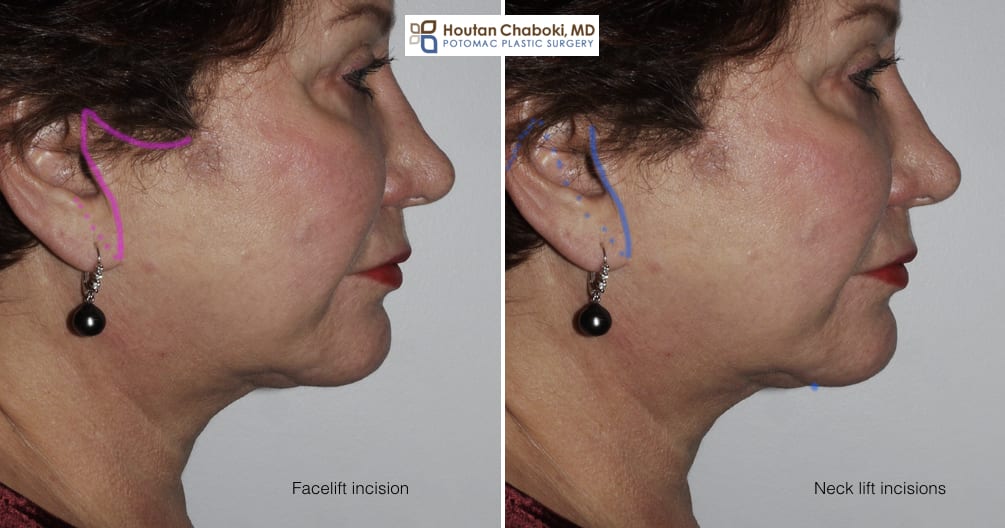
Despite the fact that cholesterol deposits in eyes are not harmful, they can cause discomfort and can grow in size over time. The good news about cholesterol deposits is that they don't have to be removed. The majority of patients with cholesterol deposits around the eyes also have dyslipidemia. This means that there is too much lipid in the blood. Find out how you can help yourself and learn more about this condition. If you suspect that your eyelids are clogged with cholesterol, here are some steps you can take.
Dyslipidemia leads to xanthelasma
Dyslipidemia (a condition where too many fatty substances in the blood) is a common cause for xanthelasma. Dyslipidemia is characterized by high blood levels of LDL cholesterol (bad cholesterol), and HDL cholesterol (good cholesterol). High levels of blood cholesterol are common among xanthelasma patients. High cholesterol levels can lead to inflammation, and other problems.

Xanthelasma in eyes is a condition in which abnormal fat deposits appear in the eyelids. It can also occur in those with secondary or primary hyperlipemia. It is usually characterized by yellowish plaques on the inner side of the upper or lower eyelids. Although it's rare in the young, it can impact anyone. If you suspect you may have xanthelasma within the eye, consult a doctor.
Lipoprotein deposits in eyes
A variety of processes can lead to lipoprotein deposits in the eyes. First, these lipids buildup on the cornea. This results in NV and opacification as well as decreased visual acuity. They also form when the underlying cellular structure becomes damaged and is unable to function properly. These conditions can often be slow-progressing, and they are often caused multiple factors. There are two main types LK: idiopathic (which develops naturally) and secondary (which results from other conditions). In both cases, the underlying systemic disorder is secondary to lipid deposits. Third, lipid buildup can be due to previous ocular injuries and diseases.
The most common form ocular lipid accumulation is corneal arcus. This occurs when cholesterol and phospholipids are deposed into the peripheral eye. While it is thought that it is a natural part aging, it may also indicate hyperlipidemia. You should have it checked out by a physician to rule out a serious eye condition.
Lipoprotein deposits can lead to atherosclerosis
The blood vessels become narrower and more difficult due to the accumulation of cholesterol. Because these vessels need to be flexible and malleable, hardening them is detrimental to a person's health. A condition called dyslipidemia (too much lipid) is the most common cause of cholesterol accumulation in the eyes. Eye deposits that develop before 40 years of age should be checked by a doctor.

Atherosclerosis is the result of an inflammatory response that is caused by fat deposits in the eye. When a person is not active, lipids build up in their bloodstream. As a result, the condition can lead to xanthelasma, an area around the eyes that can lead to atherosclerosis. Although there are many causes, xanthelasma is most often genetic. This condition can be caused when there are certain genetic conditions that increase the levels of cholesterol in the bloodstream. Cholesterol is mainly obtained from meat and dairy foods. Cholesterol is essential for the body to build cell membranes, make hormones, and aid in the digestion of fats.